An effective oil spill kit is essential for managing spills and preventing environmental damage. Key components...
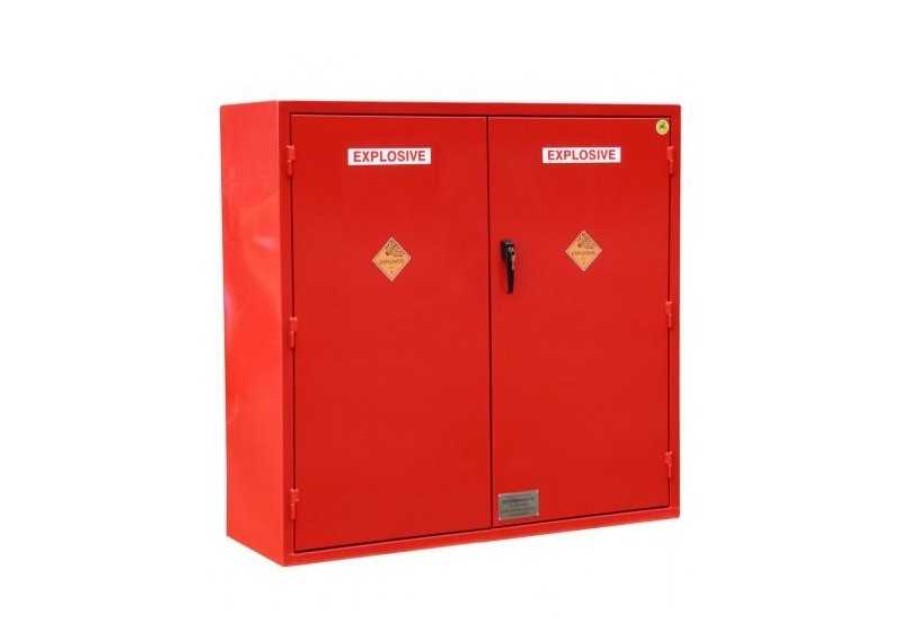
Dangerous Goods Storage: Choosing the Right Storage Facility for Dangerous Goods
1. Introduction
The storage of dangerous goods requires careful consideration and adherence to strict safety regulations. Choosing the right storage facility is essential to ensure the protection of people, property, and the environment. In this article, we will discuss the factors to consider when selecting a storage facility for dangerous goods, the different types of storage options available, and how to assess your specific storage requirements.
2. Understanding Dangerous Goods
Dangerous goods encompass a wide range of substances and materials that have the potential to cause harm to people, property, or the environment. These goods can include flammable liquids, corrosive substances, toxic chemicals, compressed gases, and more. It is crucial to handle and store these materials safely to prevent accidents, spills, leaks, or other hazardous incidents.
3. Importance of Proper Storage
Proper storage of dangerous goods is of paramount importance to minimise the risks associated with their handling and transportation. A suitable storage facility provides a controlled environment that prevents unauthorised access, reduces the likelihood of accidents, and ensures compliance with safety regulations. Choosing the right storage facility is a crucial step in mitigating potential hazards and maintaining the integrity of the stored goods.
4. Factors to Consider When Choosing a Storage Facility
Location and Accessibility
The location of the storage facility plays a vital role in efficient logistics and timely access to your goods. It should be conveniently located to minimise transportation costs and facilitate smooth movement of goods. Additionally, ensure that the facility is easily accessible by road, rail, or other means of transport to facilitate deliveries and pickups.
Security Measures
Safety and security should be a top priority when selecting a storage facility for dangerous goods. The facility should have robust security measures in place, including surveillance systems, access control systems, and trained security personnel. These measures help prevent theft, unauthorised access, and potential sabotage.
Environmental Considerations
Different dangerous goods have specific environmental requirements. The storage facility should be equipped with appropriate environmental controls such as temperature regulation, ventilation systems, spill containment measures, and waste disposal facilities. These measures ensure that the stored goods remain stable, minimise the risk of environmental contamination, and comply with environmental regulations.
Compliance with Regulations
A reputable storage facility for dangerous goods must comply with relevant safety and regulatory standards. Ensure that the facility adheres to local, national, and international regulations governing the storage of dangerous goods. This includes proper labeling, documentation, fire safety systems, and emergency response plans.
Expertise and Training
The facility's staff should have the necessary expertise and training in handling dangerous goods. They should be familiar with the specific requirements of different hazardous materials, including proper handling procedures, emergency protocols, and containment measures. Trained personnel minimise the risk of accidents and ensure the safe handling of dangerous goods.
5. Types of Storage Facilities
There are different types of storage facilities available for storing dangerous goods. Understanding these options will help you make an informed decision based on your specific requirements.
Warehouses
Warehouses provide indoor storage facilities and are suitable for goods that require protection from the elements. They offer temperature-controlled environments and often have advanced security systems. Warehouses are ideal for smaller quantities of dangerous goods that need to be stored in a controlled environment.
Chemical Storage Units
Chemical storage units are purpose-built facilities designed specifically for storing hazardous chemicals. These units provide segregated storage spaces, ensuring compatibility and minimising the risk of cross-contamination. They often feature ventilation systems, spill containment mechanisms, and fire suppression systems.
Outdoor Storage Yards
Outdoor storage yards are open areas where large quantities of dangerous goods can be stored. They are suitable for bulk storage and can accommodate oversized containers or vehicles. Outdoor storage yards should have proper fencing, signage, and security measures to prevent unauthorised access and protect against environmental hazards.
6. Assessing Storage Requirements
Before selecting a storage facility, it is essential to assess your specific storage requirements. Consider the following factors:
Quantity and Volume
Determine the quantity and volume of dangerous goods you need to store. This will help you choose a facility with sufficient capacity to accommodate your needs.
Hazard Class and Compatibility
Different hazardous materials have specific storage requirements based on their hazard class. Ensure the storage facility can safely store the particular class of dangerous goods you intend to store. Additionally, consider compatibility issues to prevent the mixing of incompatible substances.
Temperature and Ventilation
Some dangerous goods require specific temperature conditions or ventilation to maintain their stability. Ensure the storage facility can meet these requirements to prevent degradation or hazardous reactions.
Handling and Transport
Consider the frequency of handling and transportation of the goods. The facility should provide suitable equipment, such as forklifts or cranes, to handle the materials safely. It should also have appropriate loading docks and storage configurations to facilitate efficient movement.
Emergency Response
Evaluate the facility's emergency response capabilities. It should have well-defined emergency procedures, trained personnel, and appropriate safety equipment to handle potential incidents promptly and effectively.
7. Evaluating Storage Facility Options
When evaluating storage facility options, consider the following factors:
Facility Inspections
Visit potential storage facilities and conduct thorough inspections. Assess the condition of the facility, including infrastructure, maintenance, cleanliness, and overall suitability for storing dangerous goods.
Certifications and Compliance
Verify that the storage facility has the necessary certifications and complies with relevant safety and environmental regulations. Look for certifications such as ISO 9001, ISO 14001, or OHSAS 18001 to ensure the facility meets stringent quality, environmental, and occupational health standards.
Safety Equipment and Systems
Check if the facility is equipped with adequate safety equipment and systems. This includes fire detection and suppression systems, spill containment kits, personal protective equipment, and first aid supplies. These measures demonstrate the facility's commitment to safety.
Insurance Coverage
Ensure that the storage facility has appropriate insurance coverage for potential incidents or accidents. This provides an added layer of protection and indicates the facility's commitment to risk management.
References and Reviews
Seek references and read reviews from other clients or industry professionals who have used the storage facility. Their experiences and feedback can provide valuable insights into the facility's reliability, safety record, and customer service.
8. Making the Right Choice
After careful consideration of all the factors mentioned above, you can make an informed decision and choose the storage facility that best meets your needs. Remember that the safety and security of your dangerous goods should be the top priority when making this decision.
9. Conclusion
Selecting the right storage facility for dangerous goods is crucial to ensure the safety of people, property, and the environment. By considering factors such as location, security measures, environmental considerations, compliance with regulations, and expertise of the facility's staff, you can make an informed decision. Assessing your specific storage requirements and evaluating facility options will help you find the ideal storage solution for your dangerous goods.
FAQs
What are dangerous goods?
Dangerous goods refer to substances and materials that have the potential to cause harm to people, property, or the environment due to their inherent properties.
Why is proper storage important for dangerous goods?
Proper storage of dangerous goods minimises the risk of accidents, spills, or leaks, ensuring the safety of people and the environment.
How should I assess my storage requirements?
Assess your storage requirements by considering the quantity and volume of goods, hazard class, compatibility, temperature and ventilation needs, handling and transport requirements, and emergency response capabilities.
What factors should I consider when evaluating storage facility options?
Factors to consider include facility inspections, certifications and compliance, safety equipment and systems, insurance coverage, and references and reviews.
How can I ensure I make the right choice for my dangerous goods storage?
Conduct thorough research, assess the facility's suitability for your specific needs, and prioritise safety and compliance when making your decision.


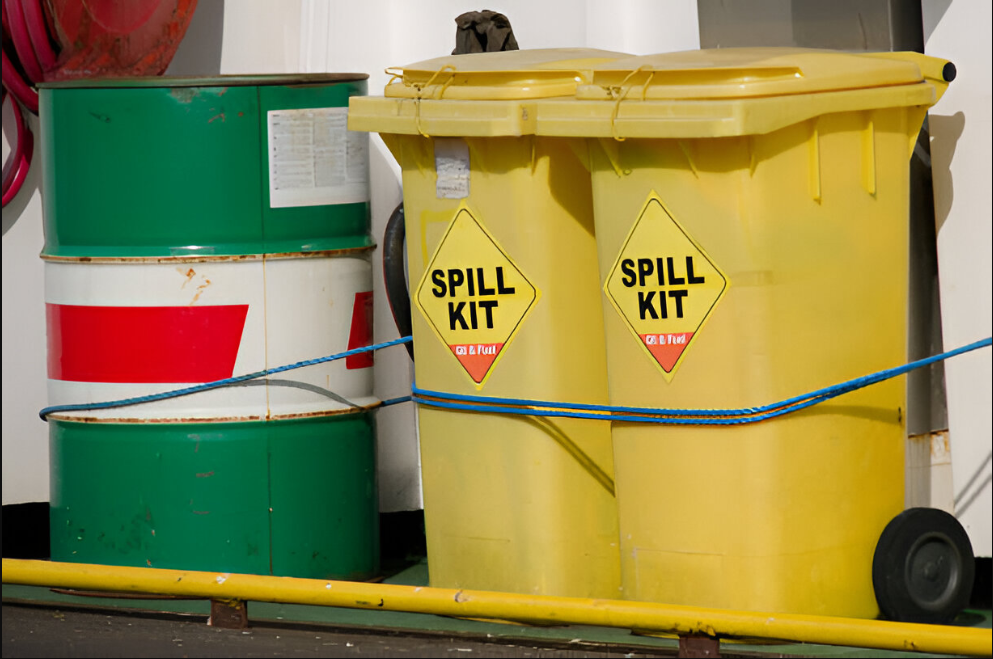
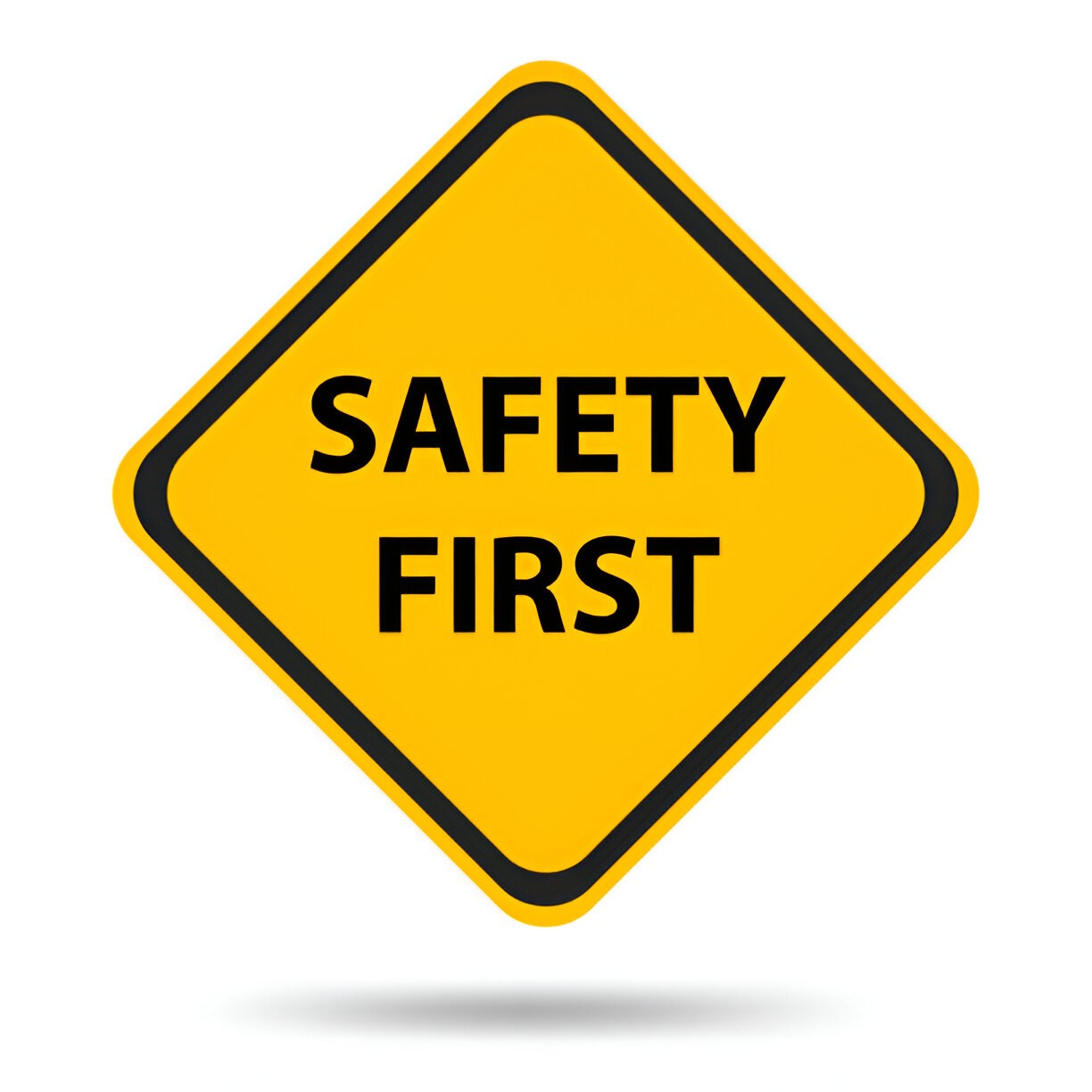


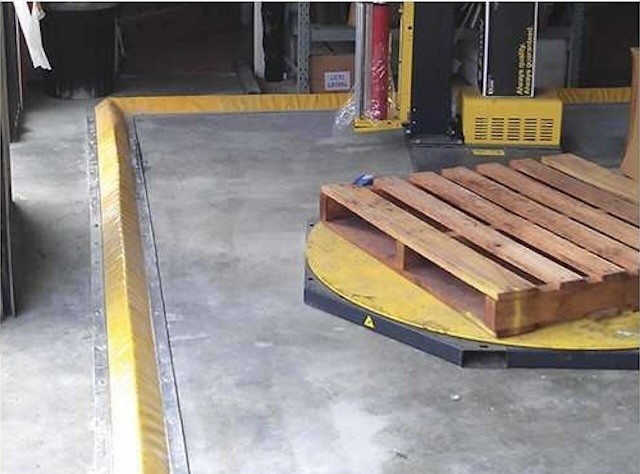
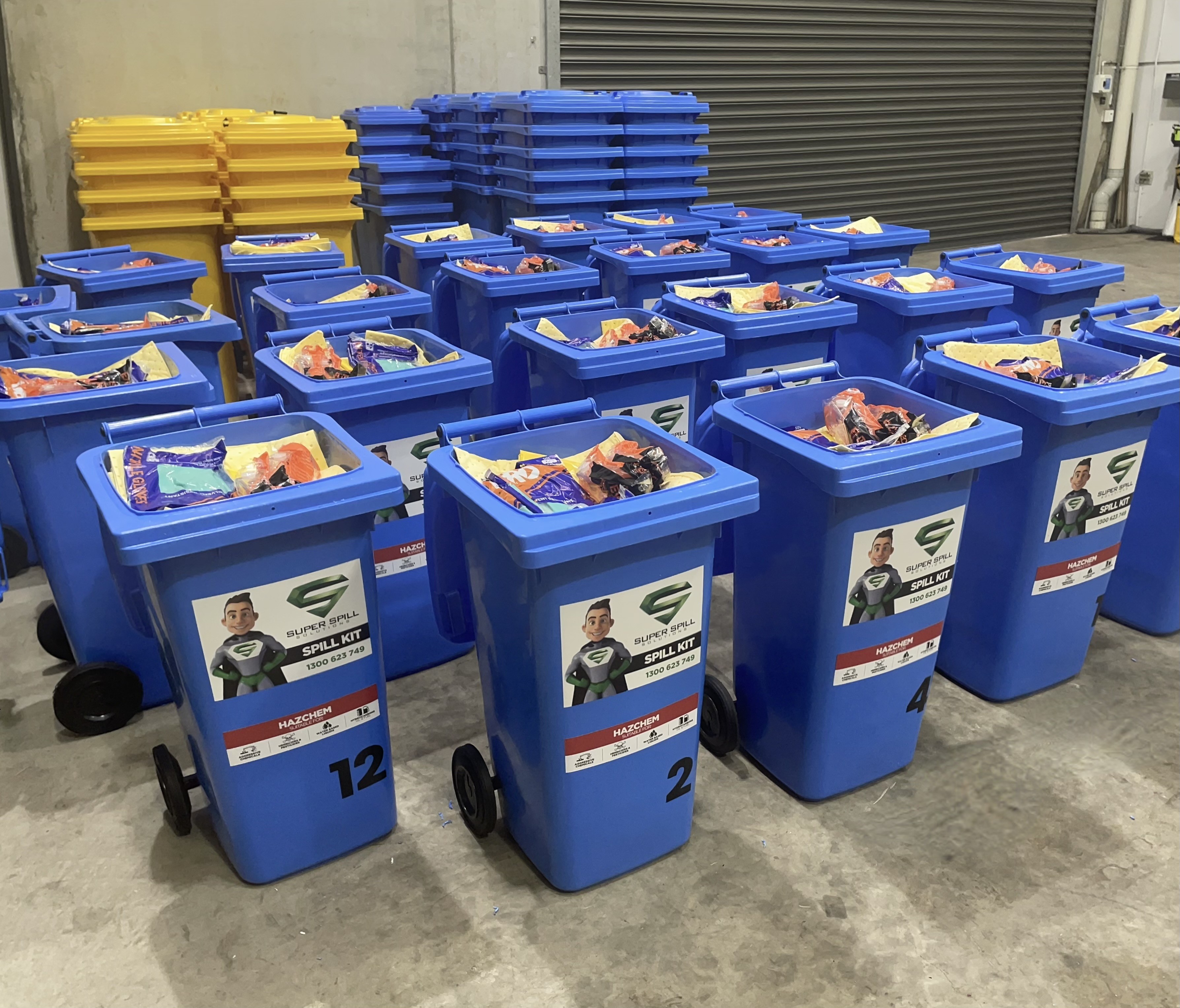

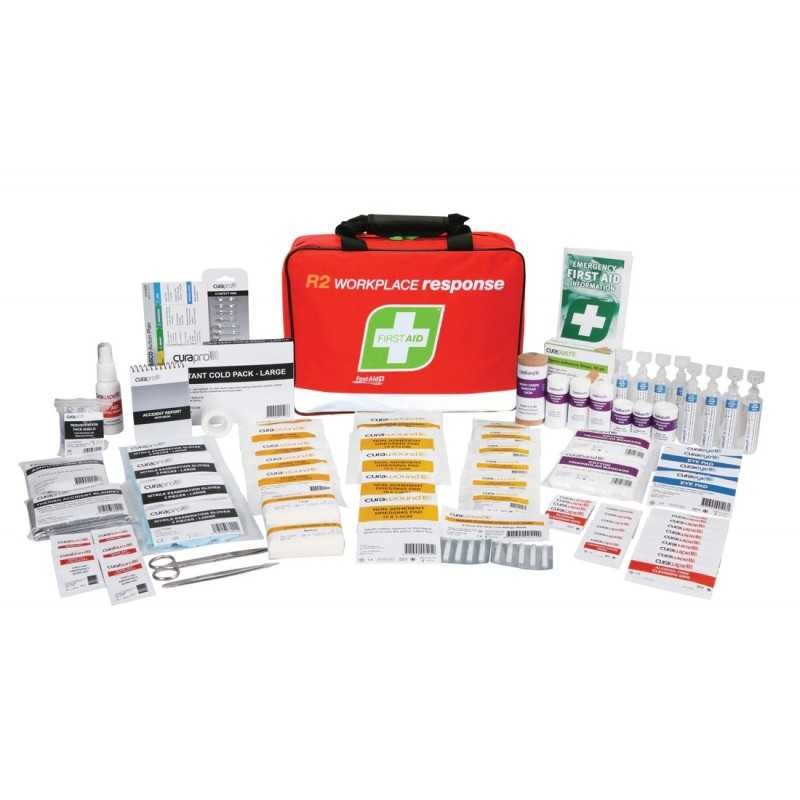
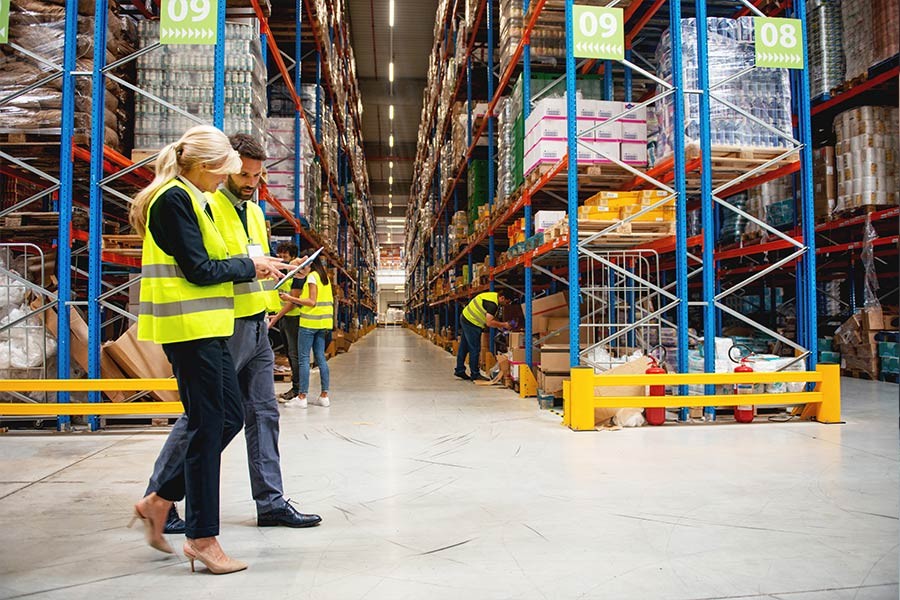
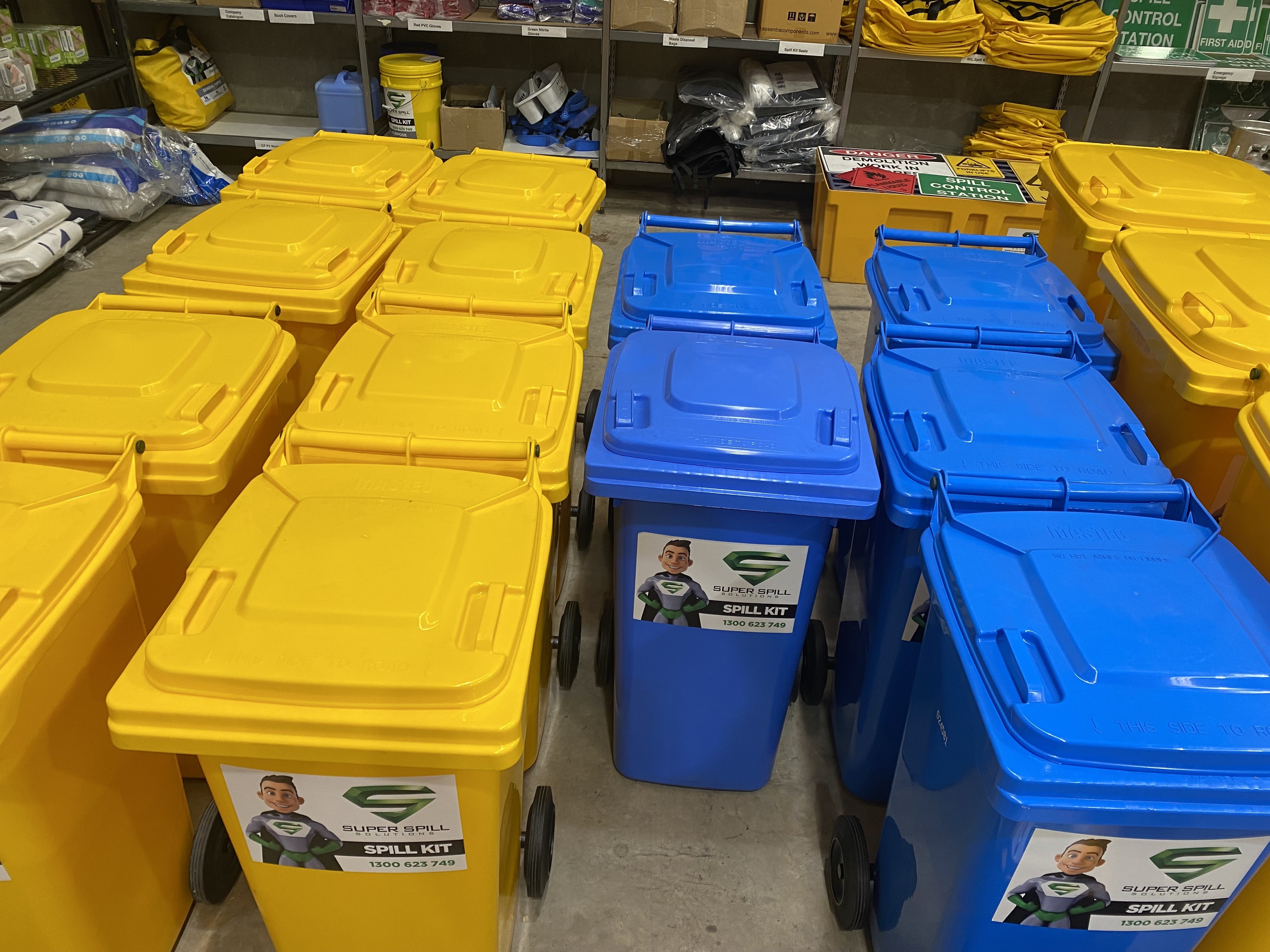

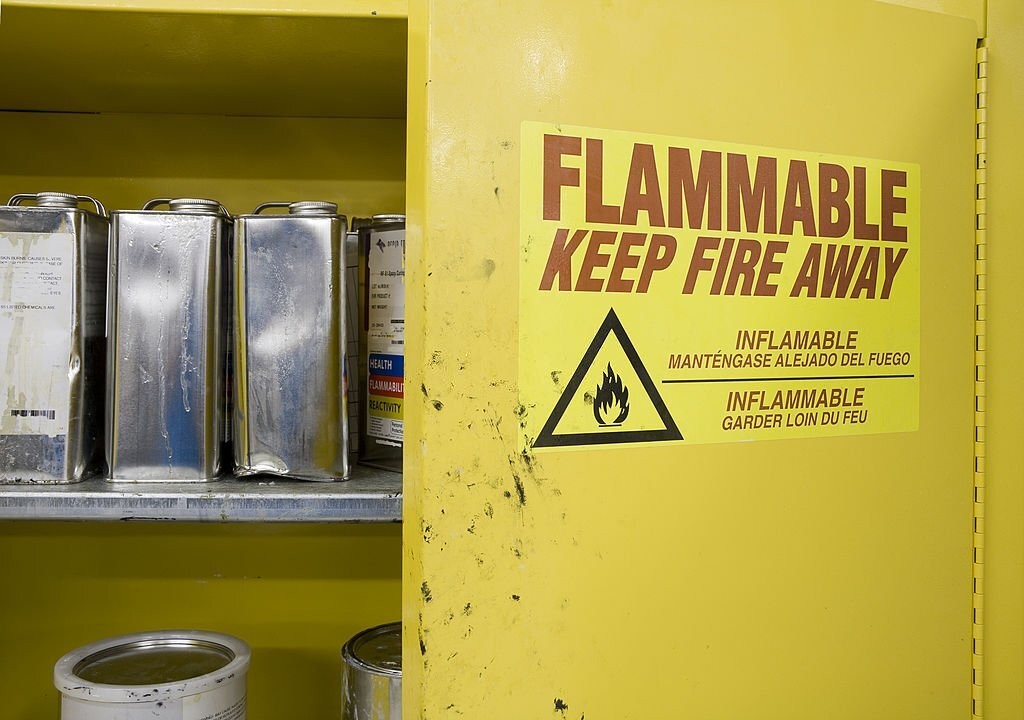
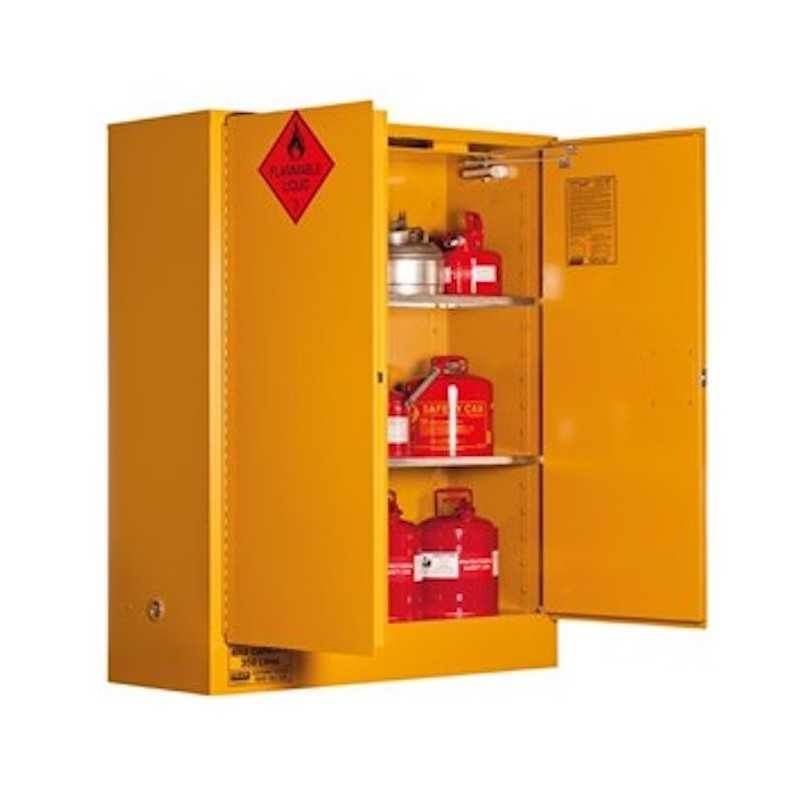
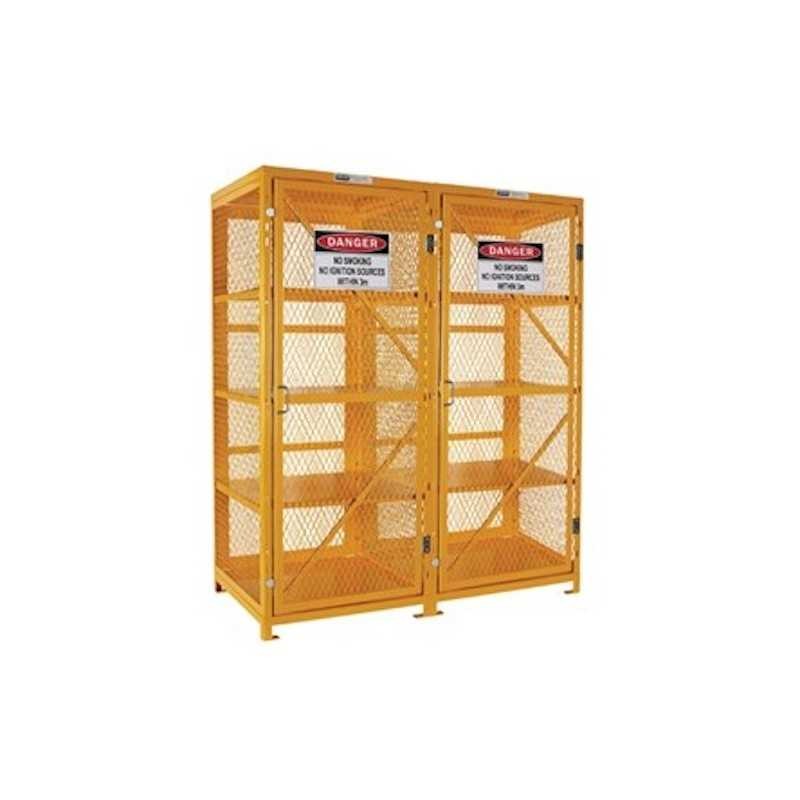
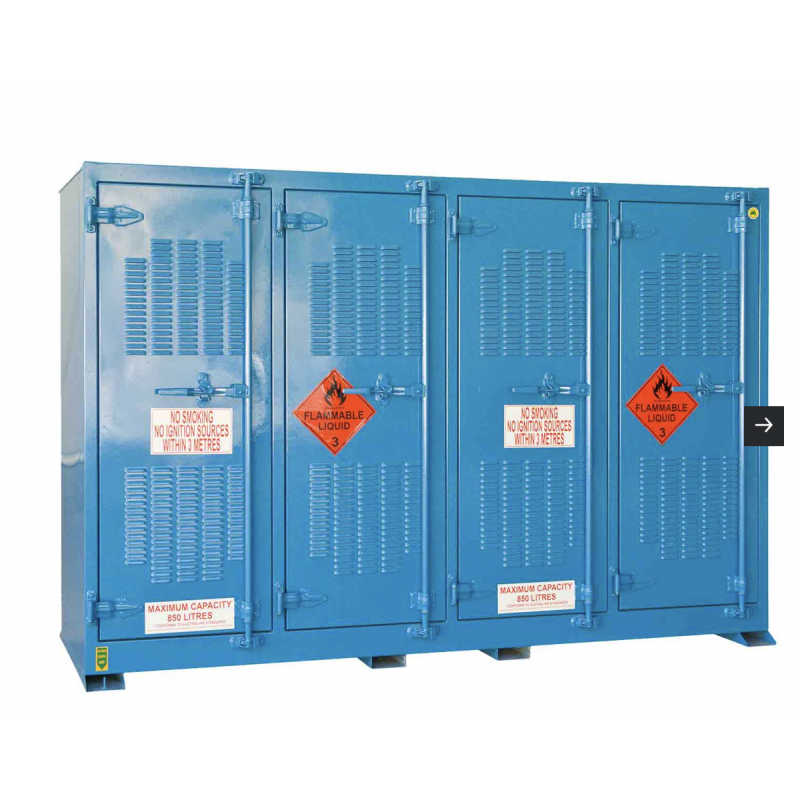
Leave a comment